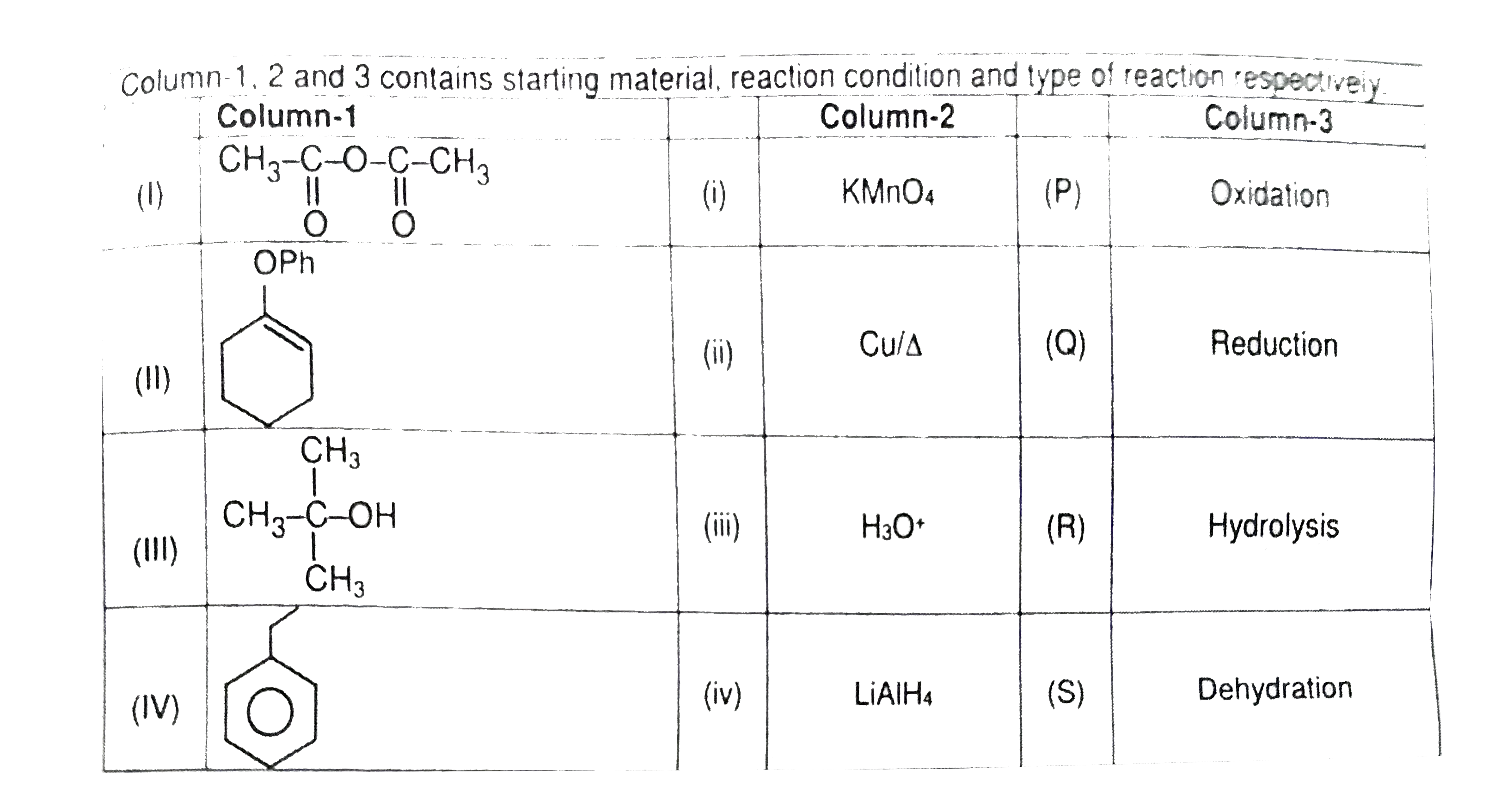Sodium bicarbonate has :
Ionic bond
Covalent bond
Hydrogen bond
All of these
The correct Answer is:A,B
To answer the question "Sodium bicarbonate has:", we will analyze the structure and bonding in sodium bicarbonate (NaHCO₃) step by step.
Step 1: Identify the Composition of Sodium Bicarbonate
Sodium bicarbonate, commonly known as baking soda, has the chemical formula NaHCO₃. It consists of sodium ions (Na⁺), bicarbonate ions (HCO₃⁻), which is made up of hydrogen (H), carbon (C), and oxygen (O) atoms.
Hint: Look at the chemical formula to identify the ions present in the compound.
Step 2: Analyze the Ionic Bonding
In sodium bicarbonate, sodium (Na) is a metal that loses one electron to form a positively charged ion (Na⁺). The bicarbonate ion (HCO₃⁻) is formed when hydrogen (H) is covalently bonded to a carbonate ion (CO₃²⁻). The electrostatic attraction between the positively charged sodium ion and the negatively charged bicarbonate ion results in an ionic bond.
Hint: Remember that ionic bonds form between metals and non-metals due to the transfer of electrons.
Step 3: Analyze the Covalent Bonding in Bicarbonate Ion
The bicarbonate ion (HCO₃⁻) contains covalent bonds. The carbon atom is covalently bonded to three oxygen atoms, and one of those oxygen atoms is also bonded to a hydrogen atom. The bonds between carbon and oxygen, as well as the bond between oxygen and hydrogen, are covalent in nature.
Hint: Covalent bonds involve the sharing of electrons between atoms, typically between non-metals.
Step 4: Consider Other Types of Bonds
While sodium bicarbonate primarily exhibits ionic and covalent bonds, it does not have hydrogen bonds in its solid state. Hydrogen bonds can occur in solutions or in certain molecular interactions but are not a defining characteristic of sodium bicarbonate itself.
Hint: Hydrogen bonds are typically weaker interactions that occur between molecules, not within ionic or covalent structures.
Conclusion
Based on the analysis:
- Sodium bicarbonate has both ionic bonds (between Na⁺ and HCO₃⁻) and covalent bonds (within the HCO₃⁻ ion).
- Therefore, the correct answer is that sodium bicarbonate has ionic bonds and covalent bonds.
Final Answer
Sodium bicarbonate has ionic bonds and covalent bonds.
Sodium bicarbonate, commonly known as baking soda, has the chemical formula NaHCO₃. It consists of sodium ions (Na⁺), bicarbonate ions (HCO₃⁻), which is made up of hydrogen (H), carbon (C), and oxygen (O) atoms.
In sodium bicarbonate, sodium (Na) is a metal that loses one electron to form a positively charged ion (Na⁺). The bicarbonate ion (HCO₃⁻) is formed when hydrogen (H) is covalently bonded to a carbonate ion (CO₃²⁻). The electrostatic attraction between the positively charged sodium ion and the negatively charged bicarbonate ion results in an ionic bond.
The bicarbonate ion (HCO₃⁻) contains covalent bonds. The carbon atom is covalently bonded to three oxygen atoms, and one of those oxygen atoms is also bonded to a hydrogen atom. The bonds between carbon and oxygen, as well as the bond between oxygen and hydrogen, are covalent in nature.
While sodium bicarbonate primarily exhibits ionic and covalent bonds, it does not have hydrogen bonds in its solid state. Hydrogen bonds can occur in solutions or in certain molecular interactions but are not a defining characteristic of sodium bicarbonate itself.
Based on the analysis:
- Sodium bicarbonate has both ionic bonds (between Na⁺ and HCO₃⁻) and covalent bonds (within the HCO₃⁻ ion).
- Therefore, the correct answer is that sodium bicarbonate has ionic bonds and covalent bonds.
Sodium bicarbonate has ionic bonds and covalent bonds.
Topper's Solved these Questions
- s-BLOCK ELEMENTSBOOK - VK JAISWAL ENGLISHCHAPTER - s-BLOCK ELEMENTSEXERCISE - Level 2
86 Videos
- s-BLOCK ELEMENTSBOOK - VK JAISWAL ENGLISHCHAPTER - s-BLOCK ELEMENTSEXERCISE - Level 3
49 Videos
- QUALITATIVE INORGANIC ANALYSISBOOK - VK JAISWAL ENGLISHCHAPTER - QUALITATIVE INORGANIC ANALYSISEXERCISE - SUBJECTIVE PROBLEMS
4 Videos
- TYPES OF REACTIONSBOOK - VK JAISWAL ENGLISHCHAPTER - TYPES OF REACTIONSEXERCISE - SUBJECTIVE PROBLEMS
42 Videos
Similar Questions
Knowledge Check
In Solvay ammonia process, sodium bicarbonate is precipitated due to
Apresence of NH3Breaction with CO2Creaction with brine solutionDreaction with NaOH.

The only correct combination in which product gives positive test with sodium bicarbonate is -
View SolutionA mixture of sodium bicarbonate and tartaric acid
View SolutionSodium bicarbonate reacting with dil. sulphuric acid
View SolutionThe number of moles of Sodium bicarbonate in 504 g is
View SolutionSodium bicarbonate reacts with salicylic acid to form
View SolutionCan sodium bicarbonate make water hard?
View SolutionIn an experiment on O2 evolution by photosynthesising Hydrilla plant, a pinch of sodium bicarbonate is added to water. The rate of photosynthesis or O2 evolution will
View Solution
